May 21, 2025 | 09:19 GMT +7
May 21, 2025 | 09:19 GMT +7
Hotline: 0913.378.918
May 21, 2025 | 09:19 GMT +7
Hotline: 0913.378.918
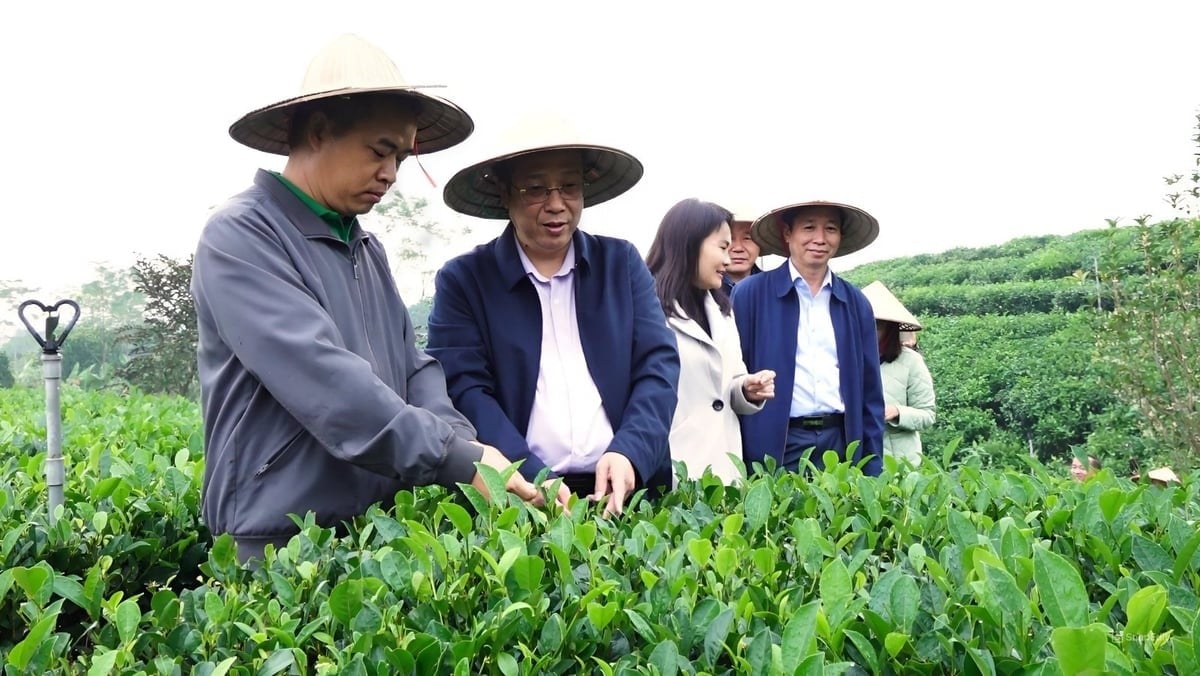
Midland tea area of Tien Yen Tea and Community Tourism Cooperative in Tan Cuong commune, Thai Nguyen city. Photo: Quang Linh.
According to the data of the Thai Nguyen Department of Agriculture and Environment, this locality currently has over 22,200 ha of tea; the output of fresh buds reaches 273,000 tons. 193 tea products are certified to OCOP standards from 3 to 5 stars (including two OCOP products reaching 5 stars), and the value of tea products reaches VND 13,800 billion. Thai Nguyen has risen to lead nationwide in terms of area, productivity, output, and income value from tea trees, as well as the value of the product obtained over 1 ha of tea-growing land.
However, the need to expand the tea-growing area of farmers in the "First Famous Tea" land is still very large, especially in the Tan Cuong tea area (Thai Nguyen city). In particular, the conversion of inefficient intercropped rice areas to tea growing can not be implemented due to the locations proposed to convert being mainly in the planning of the Western urban area of Thai Nguyen city.
According to Mr. Duong Son Ha, Deputy Director of the Thai Nguyen Department of Agriculture and Environment, the expansion of the tea-growing area still faces many difficulties because some localities have to prioritize the implementation of investment projects for infrastructure development, urban areas, and industrial parks and clusters under the planning of Thai Nguyen province in the 2021-2030 period. Additionally, the process of converting inefficient rice land to tea growing is still entangled.
“The locality is reviewing and perfecting the planning of production areas and evaluating the current status of land and advantages of tea development. This aims to establish and plan tea production areas according to GAP standards and organic standards to create quality raw material areas for processing. Especially implementing the planning of tea production sites associated with experiential tourism and ecotourism.
Digitizing tea production areas as planned for management and synchronous application of production processes according to standards. At the same time, protecting the existing tea area and promoting expansion and sustainable development of tea production areas. On that basis, localities proactively build targets to expand production scale and tea variety structure suitable to the demand of the consumption market to ensure that by 2030, the tea-growing area in the province will reach 24,500 ha,” Mr. Duong Son Ha said.
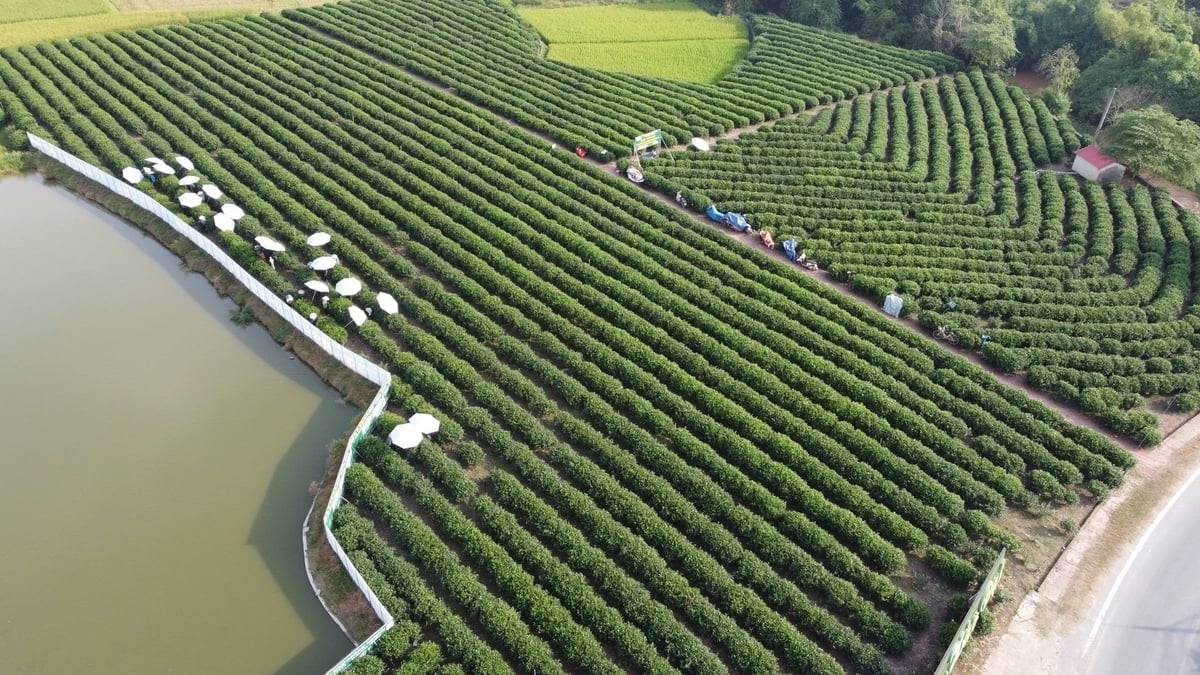
The tea area of Hao Dat Cooperative in Tan Cuong commune, Thai Nguyen city. Photo: Quang Linh.
At the recent working session at Hao Dat Tea Cooperative (Tan Cuong commune, Thai Nguyen city), Mr. Trinh Viet Hung, Secretary of the Thai Nguyen Provincial Party Committee, said, “Thai Nguyen province pays special attention to developing tea trees and the tea industry, considering this as a key crop for socio-economic development and enriching people. In order to concretize this policy, Resolution No. 11/NQ-TU on the development of the Thai Nguyen tea industry in the 2025-2030 period has affirmed the province's great determination, aiming to raise the revenue from tea to USD 1 billion.”
The Secretary of the Thai Nguyen Provincial Party Committee proposed the Provincial People's Committee review the planning and propose the plan to implement the expansion of the Tan Cuong tea area with a scale of 20 ha or more, combining urban area planning and concentrated community tea cultural space in association with developing tourism and services and taking tea as the center and motivation for development.
The tea area applied with safe production processes increased rapidly; many scientific and technological advances have been applied, such as the use of organic fertilizer, biological preparations, and water-saving irrigation technology in intensive tea farming.
The “First Famous Tea” land has over 7,000 ha of technology application (installing automatic and semi-automatic irrigation systems), accounting for 31.5% of the province's tea area; 5,920 ha are certified to meet VietGAP and organic standards (of which VietGAP certification is 5,788 ha and organic and other GAP reaches 132 ha), accounting for 26.6% of the province's tea area. 62 growing area codes are located on the GPS global system to monitor the traceability of the product.
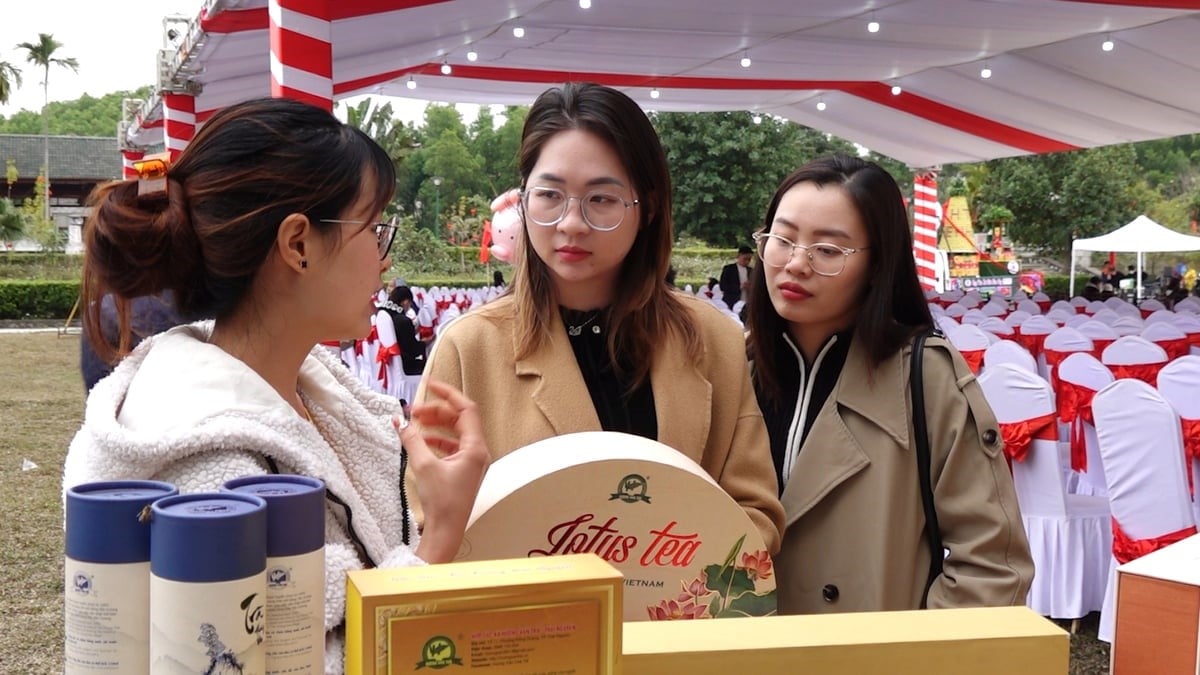
The Tan Cuong tea area is increasingly focusing on young customers. Photo: Quang Linh.
Thai Nguyen province is researching the construction and registration of "Thai Nguyen" geographical indication protection for tea products on the basis of the "Thai Nguyen Tea" collective trademark. Applying digital technology and e-commerce in business; building and effectively implementing e-commerce websites to promote promotion, market expansion and seeking, and the consumption of tea products and products from Thai Nguyen tea.
Thai Nguyen will diversify tea products to ensure that the structure of tea varieties with high productivity and high quality in the province by 2030 reaches 85-90% of the total area and midland tea varieties reach 10-15%.
Translated by Thu Huyen
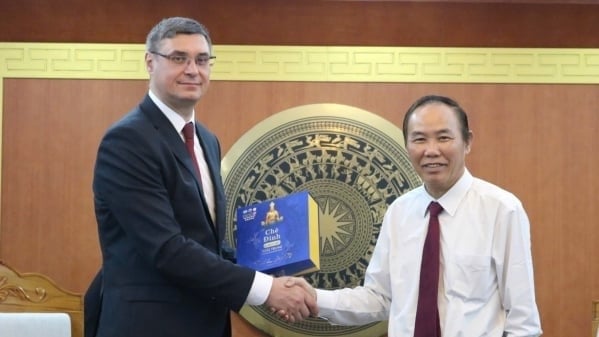
(VAN) The trade turnover of agro-forestry-fishery products is growing significantly, along with investment cooperation commitments that are opening up new development directions between Vietnam and Russia.
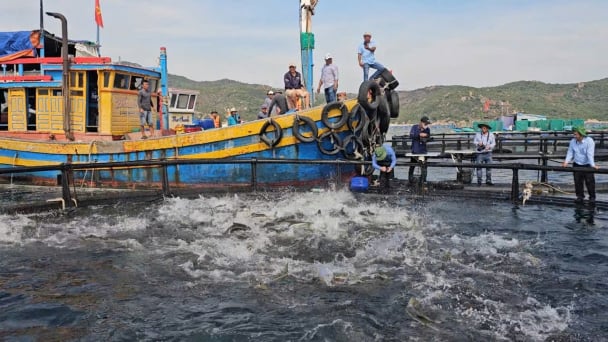
(VAN) Khanh Hoa is investing over 545 billion VND to develop 240 hectares of high-tech marine aquaculture in order to guarantee a consistent supply of seafood exports and achieve the USD 1 billion target.
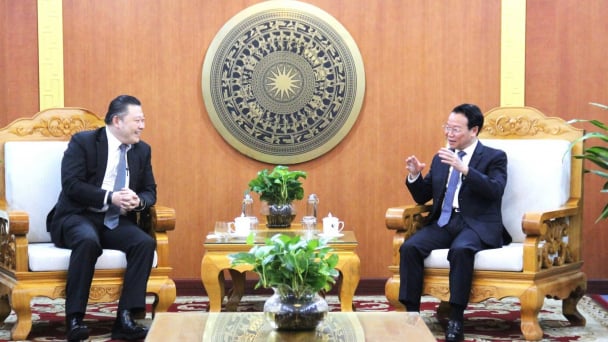
(VAN) Minister of Agriculture and Environment Do Duc Duy held a meeting with Soopakij Chearavanont, Chairman of C.P. Group, on May 15.
/2025/05/16/3800-0-nongnghiep-143756.jpg)
(VAN) Suntory PepsiCo Vietnam coordinated with the Ministry of Education and Training to implement an education program on water conservation, reaching nearly 1 million primary school students nationwide.
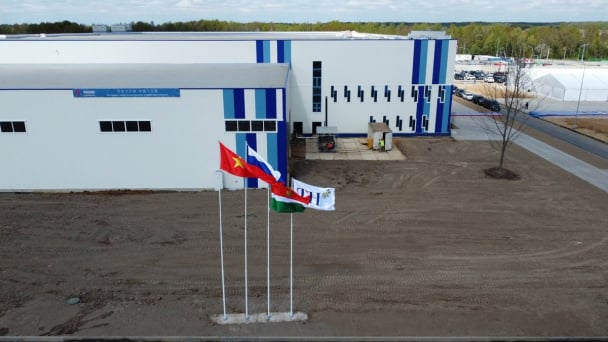
(VAN) Vietnam’s TH Group officially put its high-tech fresh milk processing plant into operation in the Russian Federation, marking a historic moment as the first TH true MILK cartons were produced in Russia.

(VAN) Use of high-quality broodstock and biotechnology is regarded as the most effective approach to ensuring sustainable and economically viable shrimp aquaculture ahead of climate change and the emergence of increasingly intricate disease patterns.
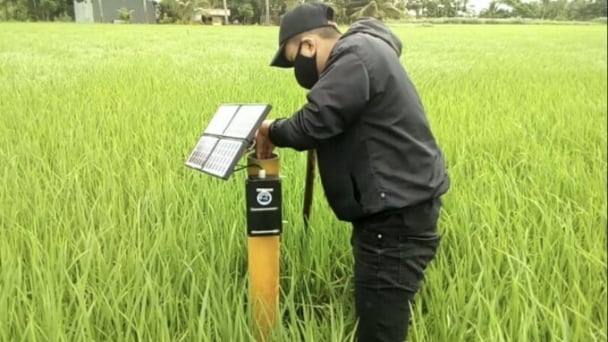
(VAN) Carbon farming is a form of agricultural practices that helps absorb more greenhouse gases than it emits, through smart management of soil, crops, and livestock.